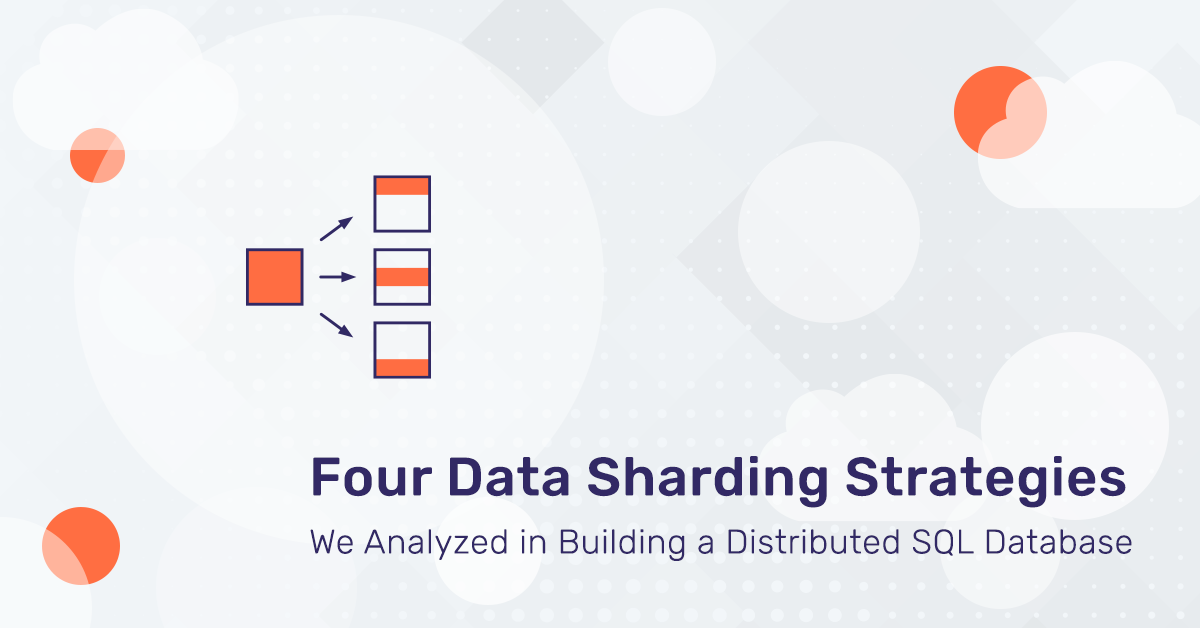Data Sharding, also known as horizontal partitioning, is a technique used to break down large datasets into smaller, more manageable pieces called shards. Each shard contains a subset of the data, and together they form the complete dataset. This method allows for data to be distributed across multiple servers, improving performance and scalability.
References
-
 Partitioning a database into smaller, more manageable pieces.🔗dagster.io
Partitioning a database into smaller, more manageable pieces.🔗dagster.io -
https://en.wikipedia.org/wiki/Shard_(database_architecture)🔗en.wikipedia.org
-
Well, a lot of those materials are shallow, mostly describing the theory of sharding, not really describing how it’s implemented in real life products. We are going to have a glance on internals of…🔗Medium
-
The scaling decisions you make early on can have long-lasting consequences for your SaaS business.🔗leeatchison.com
-
Sharding and partitioning are two common ways to improve performance, manageability, and availability of larger databases.🔗planetscale.com
-
 This guide explores the basics and various facets of data sharding, the need for sharding, and its pros, and cons.🔗Analytics Vidhya
This guide explores the basics and various facets of data sharding, the need for sharding, and its pros, and cons.🔗Analytics Vidhya -
Data Sharding is a technique for horizontally partitioning large datasets into smaller, more manageable parts.🔗dremio.com
-
 Learn the pros, cons and our practical learnings from different data sharding strategies as well as what we adopted for YugabyteDB database.🔗Yugabyte
Learn the pros, cons and our practical learnings from different data sharding strategies as well as what we adopted for YugabyteDB database.🔗Yugabyte

 Sharding
Sharding
